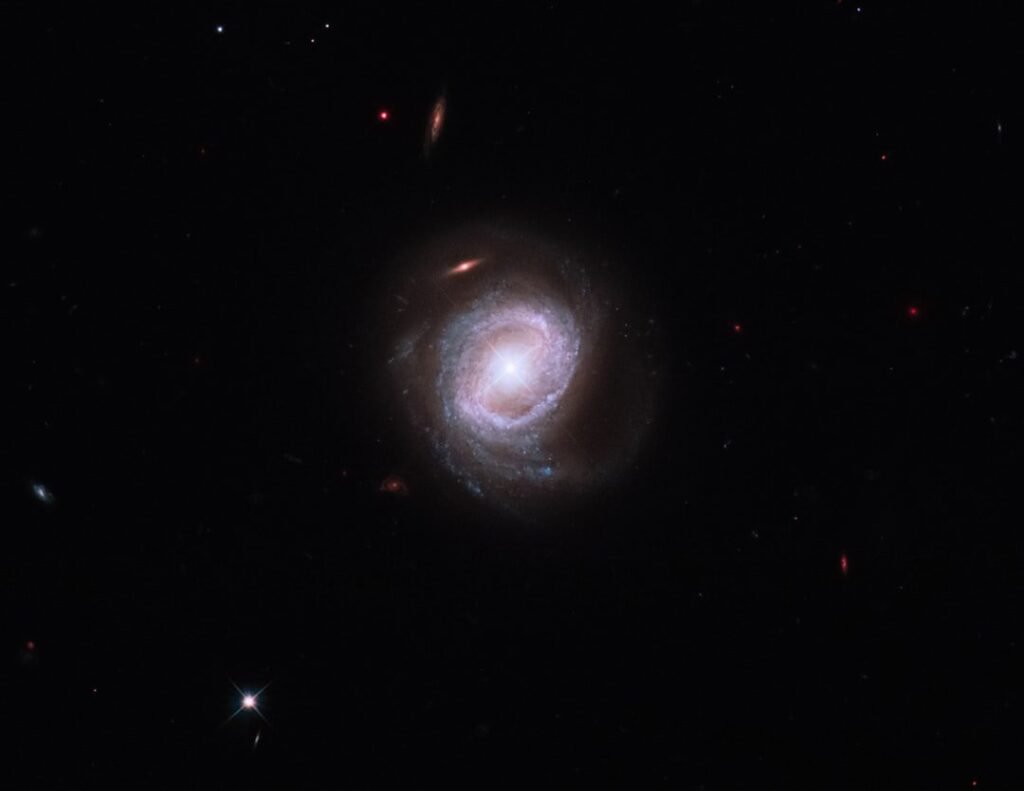The cosmic microwave background represents the earliest visible light in our universe, a fading echo from when the cosmos was just a child. For decades, scientists viewed this ancient radiation as a stable cosmic record. Yet recent observations are revealing something startling: this primordial light in ways we never expected.
Picture the universe as it existed roughly fourteen billion years ago, when it first became transparent enough for light to travel freely. The temperature variations frozen into that moment were supposed to remain constant forever. Now, new data from cutting-edge observations suggests otherwise, forcing us to reconsider what we know about the very foundations of reality.
The Ancient Afterglow Shows Unexpected Variations
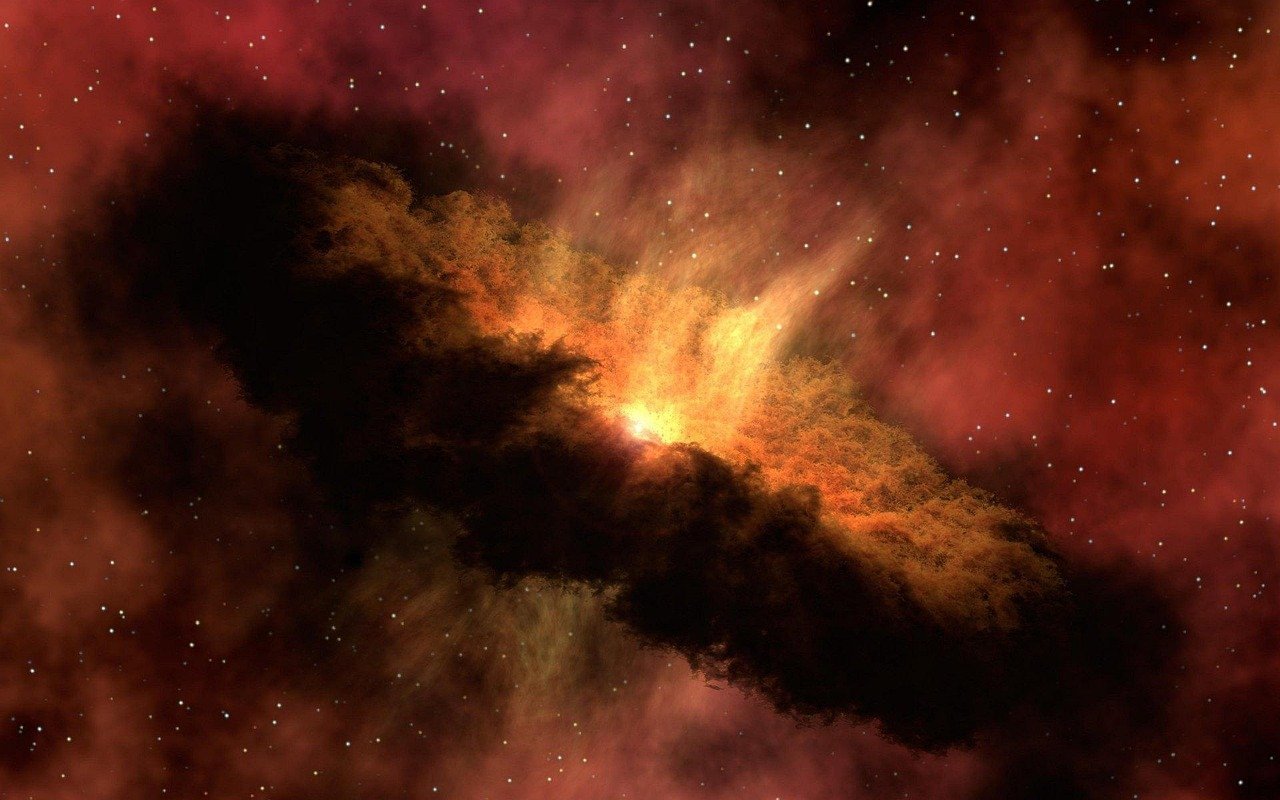
The cosmic microwave background represents a snapshot of the oldest light in our universe, originating from around 380,000 years after the Big Bang. For decades, astronomers have treated this radiation as essentially unchanging. The average temperature of this radiation is 2.725 K as measured by the FIRAS instrument on the COBE satellite. Yet recent studies are detecting subtle variations that challenge this assumption.
Scientists have confirmed, at the 5.7σ level, previous studies reporting cosmic microwave background temperatures being significantly lower around nearby spiral galaxies than expected from the ΛCDM model. This finding suggests something unexpected is happening to this ancient light. The implications stretch far beyond simple measurement errors, pointing toward phenomena we don’t yet understand.
Planck Satellite Reveals Troubling Anomalies
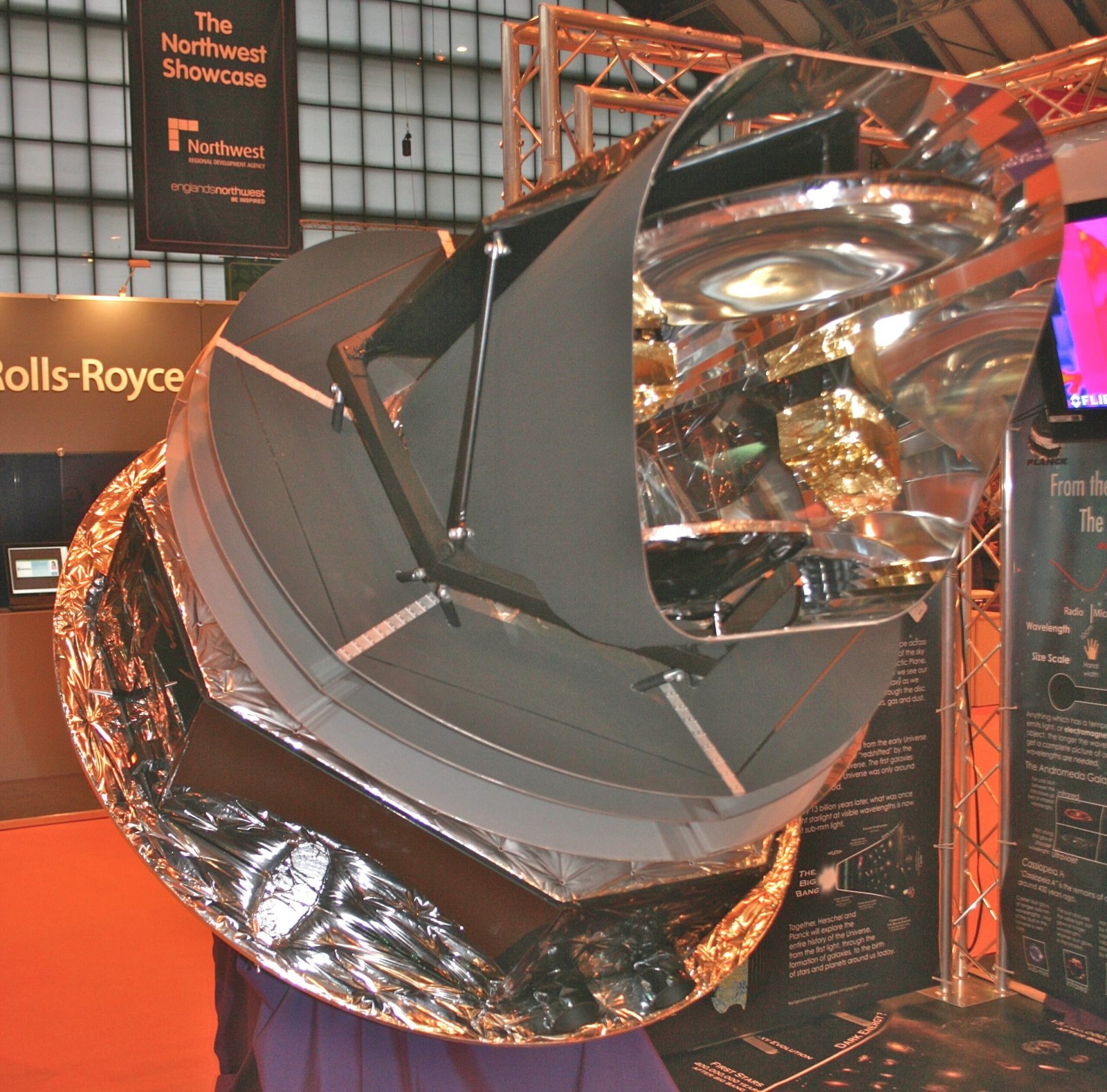
On 21 March 2013, the Planck team released its first all-sky map of the cosmic microwave background, allowing researchers to measure temperature variations in the CMB with the highest accuracy then available. The results were both reassuring and deeply puzzling. One of the most surprising findings is that the fluctuations in the CMB temperatures at large angular scales do not match those predicted by the standard model.
While observations on small and intermediate angular scales agree extremely well with model predictions, the fluctuations detected on large angular scales on the sky are about 10 per cent weaker than the best fit of the standard model to Planck data. This discrepancy isn’t subtle. Another troubling finding is an asymmetry in the average temperatures on opposite hemispheres of the sky, which runs counter to the prediction made by the standard model that the Universe should be broadly similar in any direction we look. These observations force us to question our most basic assumptions about cosmic uniformity.
Temperature Drops Near Galaxies Challenge Our Understanding
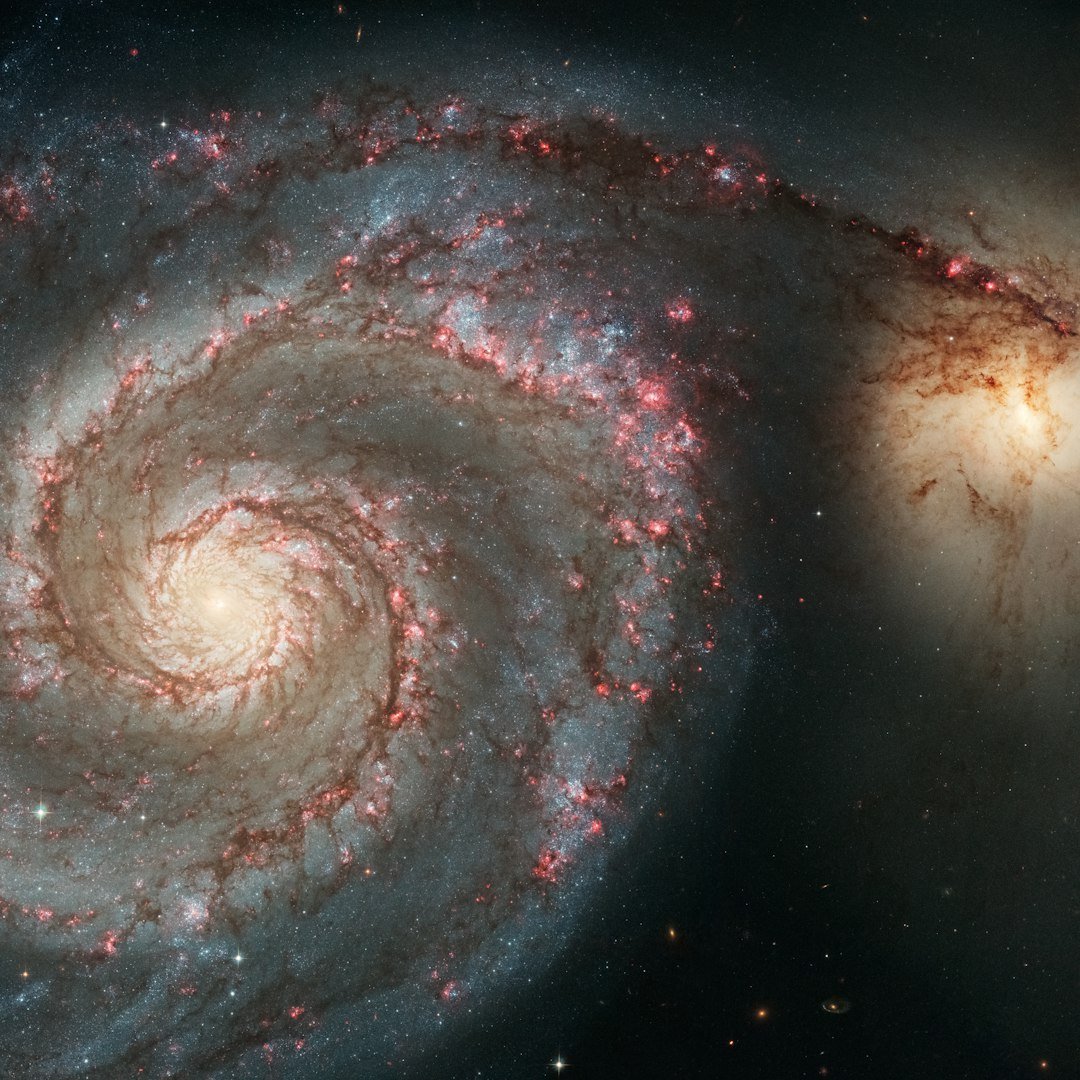
Recent research has reported that the cosmic microwave background temperature measured on discs around nearby spiral galaxies with a redshift of z < 0.015 is significantly lower than around randomly positioned points on the sphere. This discovery represents something entirely unexpected. A systematic decrease in the cosmic microwave background temperature was shown around nearby large late spiral galaxies. The temperature decrements aren’t random fluctuations. The average CMB temperature in discs around these galaxies is always much lower in Planck data than in any of the 10,000 Planck-like CMB simulations. What makes this finding particularly intriguing is its consistency across different observation frequencies, suggesting a real physical phenomenon rather than instrumental error.
The Cold Spot Mystery Deepens
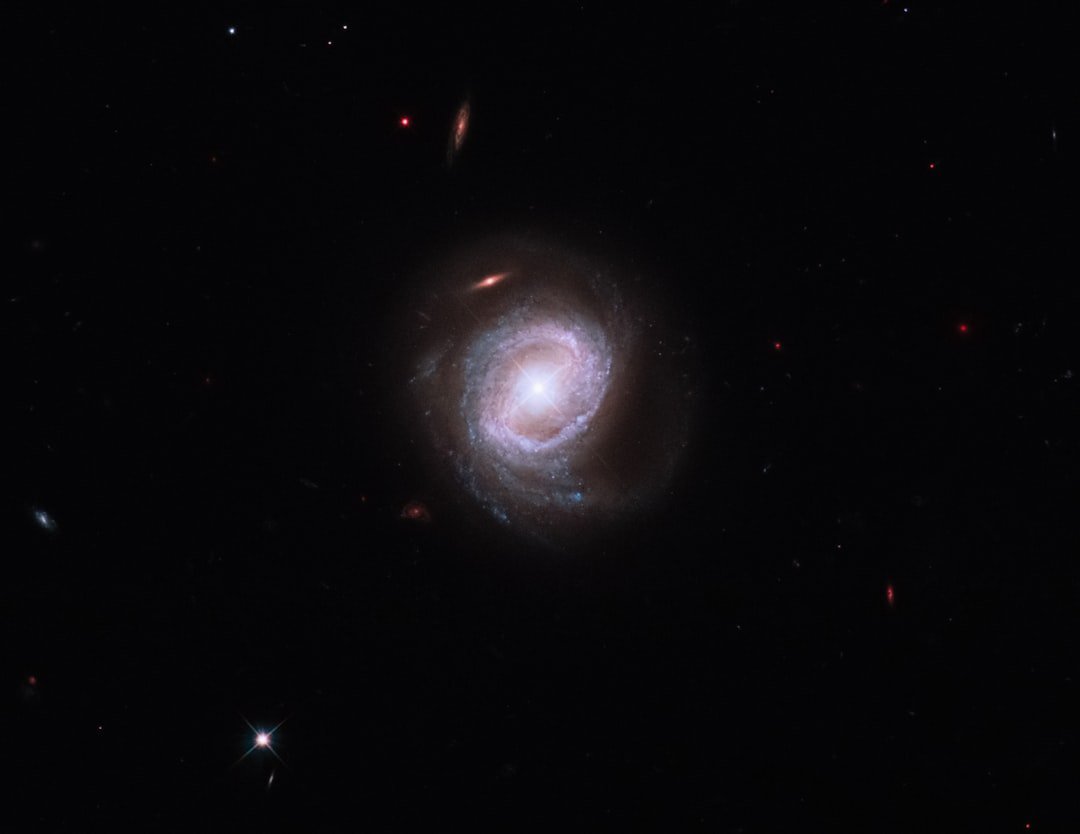
The Cold Spot Mystery Deepens (image credits: unsplash)
A cold spot extends over a patch of sky that is much larger than expected, and the asymmetry and cold spot had already been hinted at with Planck’s predecessor, NASA’s WMAP mission, but were largely ignored because of lingering doubts about their cosmic origin. Now that doubt has been eliminated. The fact that Planck has made such a significant detection of these anomalies erases any doubts about their reality.
Recent studies found that the only large group of spiral galaxies within a distance of 100 Mpc resides in the position of this cold spot, and simple modeling of the unknown foreground rendered a structure with the same position and similar morphology as the CMB cold spot. This correlation between galaxy locations and temperature anomalies suggests we’re witnessing something far more complex than previously imagined.
Statistical Improbabilities Point to New Physics
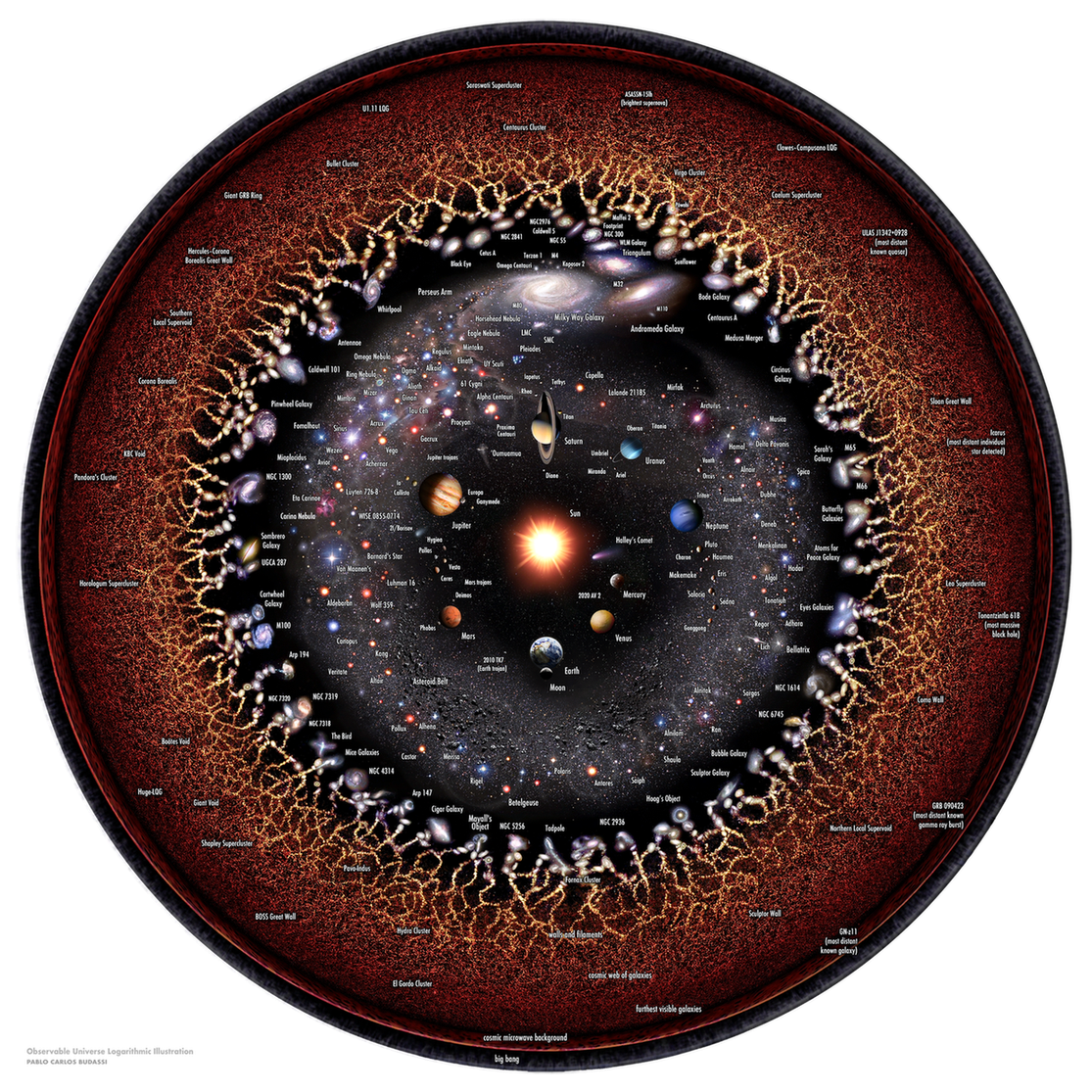
The anomalies are definitely not artefacts produced by the behaviour of the satellite or the data processing, but they are faint enough that they could be statistical flukes, though alternatively, the anomalies might be a sign of ‘new physics’. The term “new physics” sounds exotic, but it simply means natural processes we haven’t discovered yet.
The lack of power anomaly is an unexpected feature observed at large angular scales in the maps of Cosmic Microwave Background produced by the COBE, WMAP and Planck satellites, which might hint at a new cosmological phase before the standard inflationary era. These aren’t isolated incidents. Multiple independent observations from different instruments and teams are converging on similar conclusions.
Polarization Data Fails to Confirm Temperature Anomalies
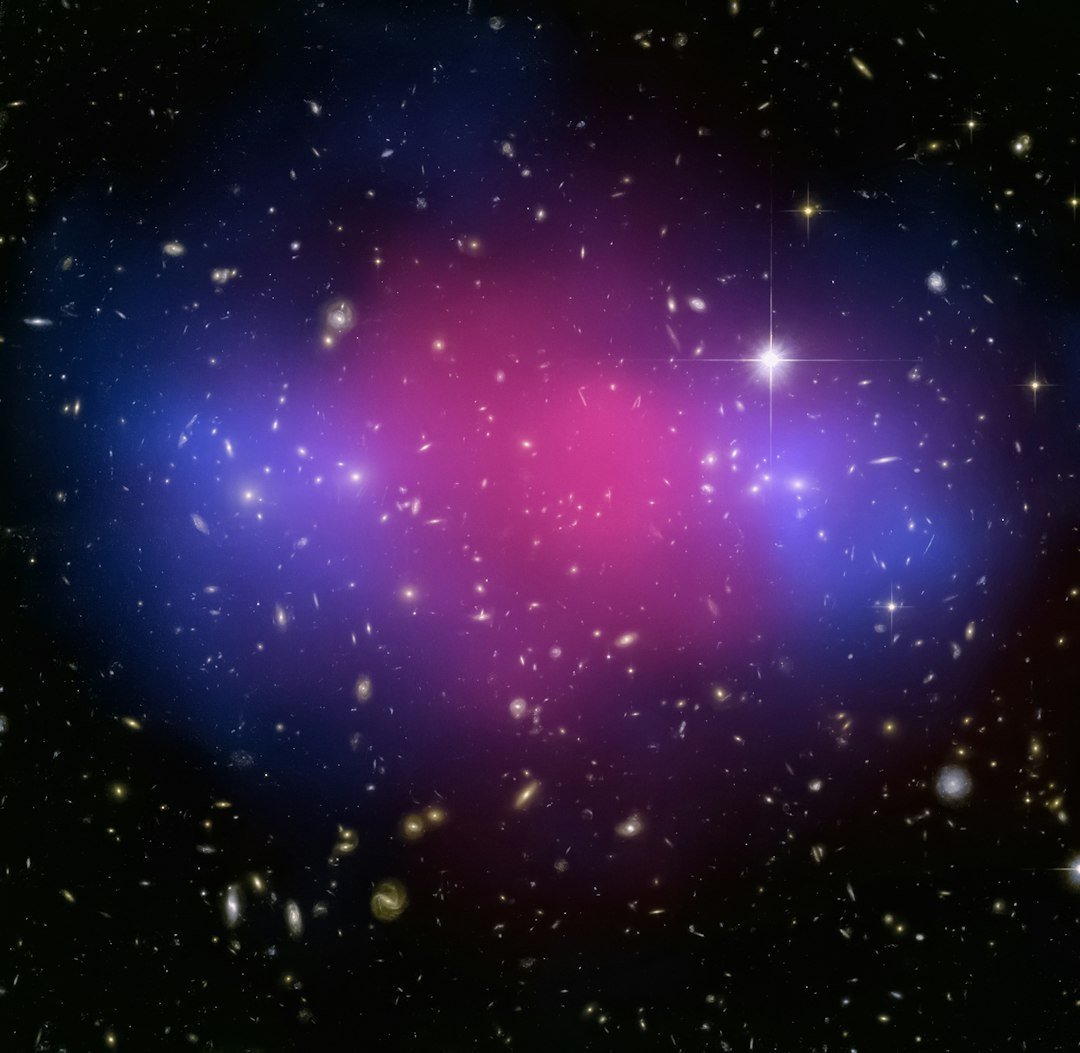
The Planck team looked at the polarisation of the CMB, revealed after painstaking analysis of multi-frequency data designed to eliminate foreground sources of microwave emission, and this signal represents the best measurement to date of the so-called CMB polarisation E-modes. Scientists hoped polarization measurements would confirm the temperature anomalies. If the anomalies were also to show up in polarization data, this would increase astronomers’ confidence that they could be caused by new physics rather than being statistical flukes.
When the Planck team looked at this data, they saw no obvious sign of the anomalies, and at best, the analysis revealed some weak hints that some of the anomalies may be present. This mixed result creates a fascinating puzzle. The temperature anomalies are real and significant, but they don’t appear strongly in polarization data.
Large-Scale Structure Correlations Emerge
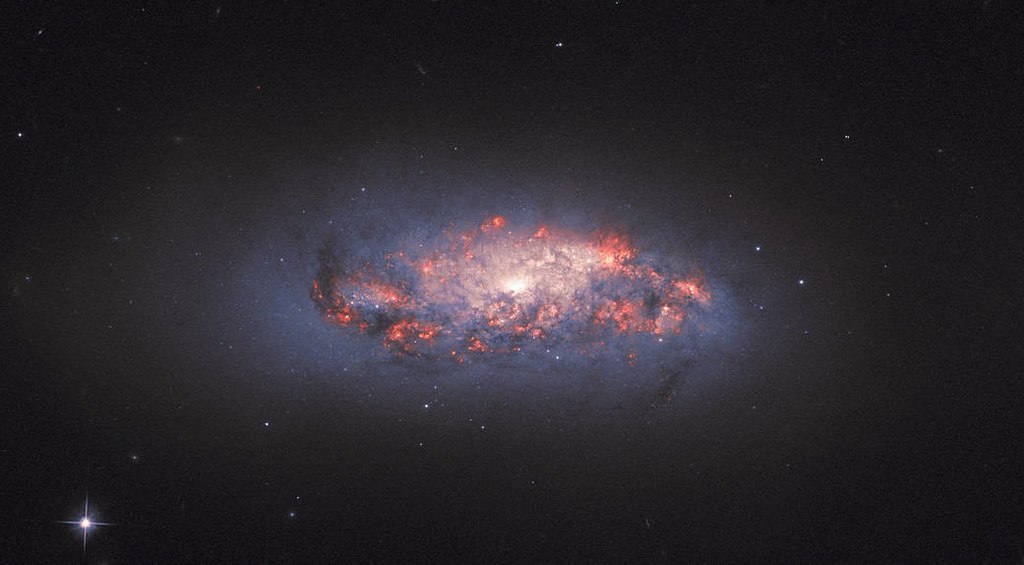
Studies have found a 99.3% correlation between a model of the local dark matter distribution and the CMB, and the signal is highly consistent over Planck frequencies from 44 GHz to 217 GHz and therefore seems to follow a blackbody spectrum closely. This correlation suggests the anomalies aren’t measurement errors but real physical effects. Researchers find a remarkable resemblance between temperature model maps based on nearby galaxies and the Planck CMB map.
The consistency across multiple frequency bands particularly matters because different systematic errors would affect different frequencies differently. A systematic decrease in CMB temperatures around nearby large spiral galaxies points to an unknown interaction with CMB photons in a sphere up to several projected megaparsecs around these galaxies. We’re potentially witnessing evidence of interactions between the cosmic microwave background and local matter structures that our current theories don’t predict.
Future Observations May Reveal More Surprises
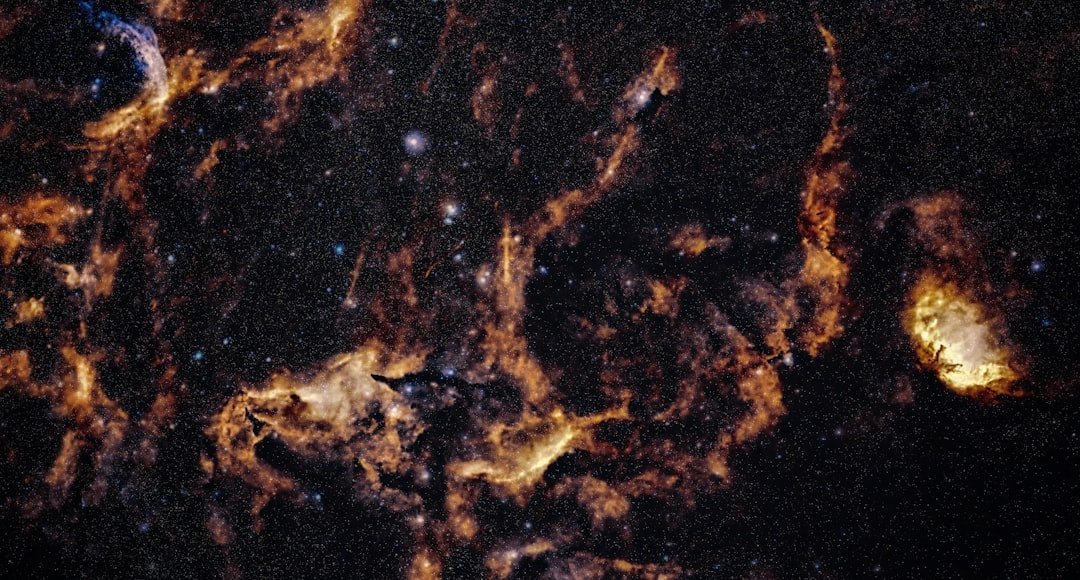
The noise level for CMB experiments has dropped nearly exponentially with time, and new CMB experiments such as SPT-4, CMB Stage-4, the Simons Observatory, JAXA and LiteBird are set to come online in the next decade. These advanced instruments will have unprecedented sensitivity to detect subtle changes in the cosmic microwave background.
Various large-scale astrophysical research projects are set to take place over the next decade, several of which are cosmic microwave background experiments aimed at detecting and studying CMB radiation. With dramatically improved precision, we may discover that what we’ve observed so far represents just the beginning of a much larger story about how the oldest light in the universe continues to evolve.
Conclusion
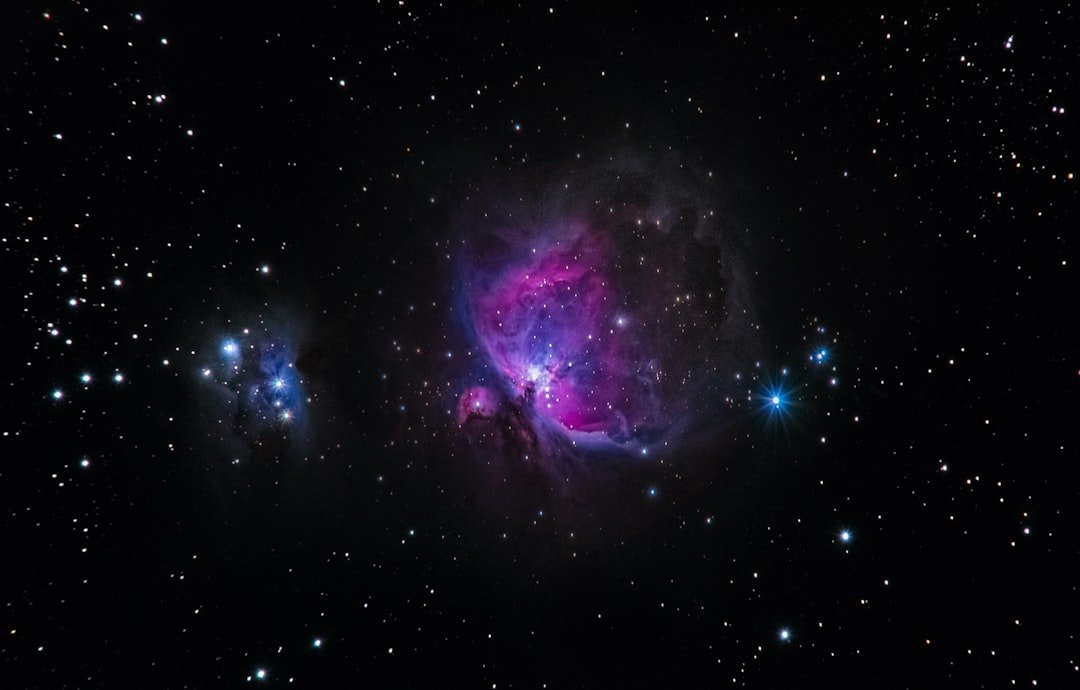
The cosmic microwave background, once considered a static relic of the early universe, is revealing dynamic properties that challenge our understanding of cosmology. Temperature variations around galaxies, large-scale anomalies, and correlations with local matter distribution all point toward processes we didn’t expect to find in this ancient radiation. While scientists debate whether these changes represent new physics or previously unknown interactions, one thing is certain: the oldest light in the universe still holds secrets waiting to be discovered.
What mysteries do you think these changing patterns in the cosmic microwave background might reveal about our universe? Tell us what you think in the comments.

